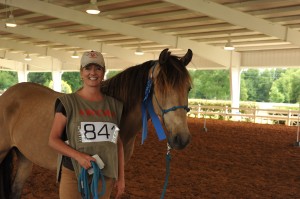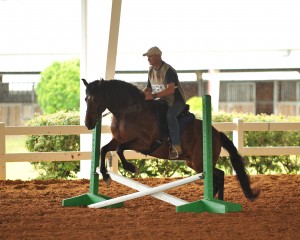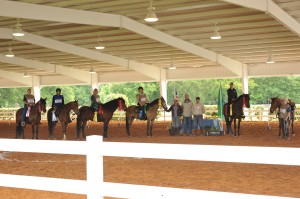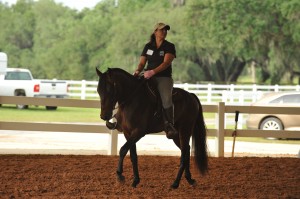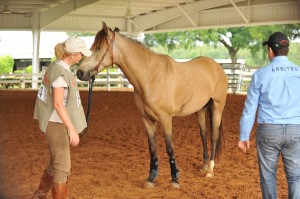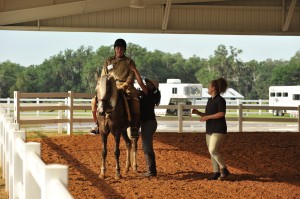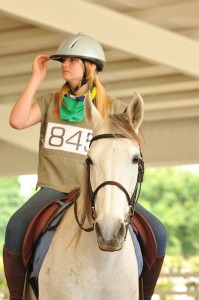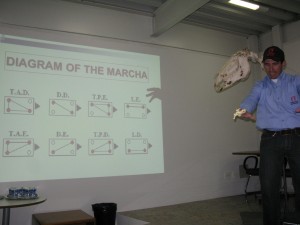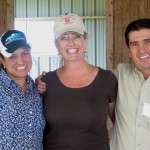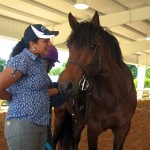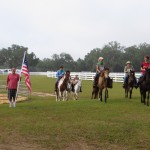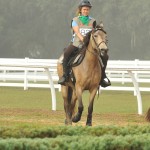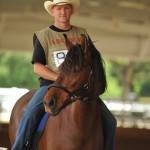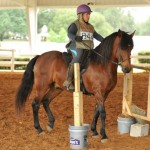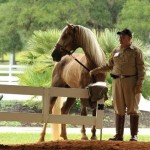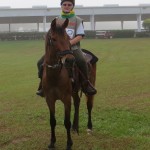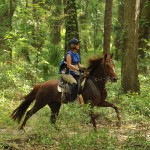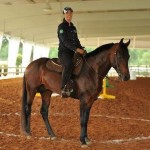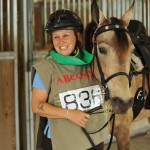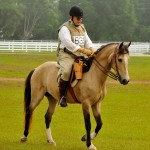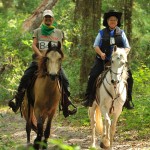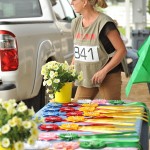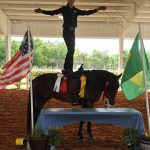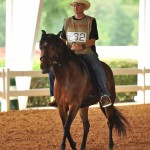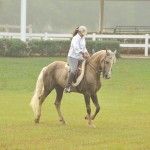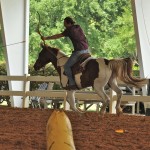There are many reasons to visit Brazil! But the best reason is for their horses! Did you know that Brazil is #4 in numbers of horses? (The U.S. is #1) I go for the Mangalarga Marchador – the National Horse of Brazil.
And to have fun! Brazil’s people have a great sense of humor and warmth. And passion, especially about their soccer and their horses! They are very serious breeders with some families having many generations in horses. Some of the original bloodlines and farms are still working – after two centuries!
Ever been? Take a look. The song is about Minas Gerais (General Mines), the mountainous state in the south of Brazil where the photos were taken.
In July, I traveled alone, and in July there is only one choice for me – the National Mangalarga Marchador Exposition in Belo Horizonte, MG. Why? Because everyone is there!
The ABCCMM (Brazilian Marchador Breeders Association) holds the MM National Show every year in July for 11 days. To participate in these championships 1.500 Marchador horses and their riders from all over Brazil travel to Belo Horizonte. All of the horses have to qualify to come by winning in several regional competitions. At the National Show, you can see the top Mangalarga Marchadors of Brazil in one place, at one time. It is like a candy store for the eyes.
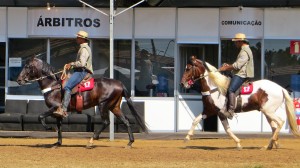
In Brazil, the land of endless spaces and great distances, special emphasis is placed on the Marchadors’ natural gait, for which they were named, called the MARCHA. There are 2 championships given in each age and sex category – Champion of the Marcha and Overall Champion. For the overall Champion, there are three parts and the scores are combined to determine the winner:
- Conformation
- Marcha
- Functional Test
All three parts can be going on at the same time for the big ring. The Marcha tests are carried out on the outside – an oval track, very similar to a race track with the horses moving at a good speed. There are separate classes for Marcha Picada and Marcha Batida. The horses move at a constant pace for 40 to 60 minutes. The breed is known for endurance and the gait is tested to ensure it holds up over long distances.
The judging is SO different.

Overall, there are about 30 judges present for the entire eleven days, and they are long days, from early morning until after midnight! There are five judges evaluating the marcha competition . Each judge is accompanied by an independent person, from an auditing company. That person is the one who marks the notes and the scores from the judge he is with. While the class in going on, the judges cannot talk to each other, only to the auditor.
Each judge rides every horse in the class! The Brazilians love to have other people, even strangers test drive their prize horses. However, in this case, the judge is checking the temperament of the Marchador as well as the gait. The gait is judged on many aspects, not just the smoothness. These are:
- Gesture – the front leg lifts and forms a C
- Comfort
- Style
- Length of stride
- Regularity

The functional test part of the class was added four years ago by the ABCCMM to test the temperament, the versatility and the overall training of the horse and rider. The fuctional test is similar to Working Equitation or a Trail Class, with obstacles like a gate, poles, barrels and jumps, performed in a pattern in specific gaits for each obstacle.
This year, I got to stand with the judge during the Functional Test to learn more about the judging and point system. What a thrill! We run this Functional Test in a simplified version here in the U.S. with our Marchador horses.
After every class champion is named, there are final classes to name the CHAMPION OF CHAMPIONS. All of the different age champions compete against each other (male and female are in different groups). The Champion of Champions this year was from a breeder I know, so I was as proud as he was when the name was called.
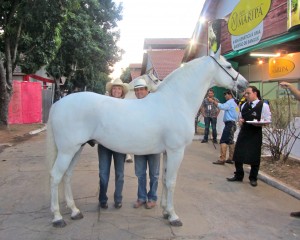
There is the general festive atmosphere and much to do at the National Show. At night, there are bands playing and serious horse auctions. Sometimes the Marchador is for sale (100% or 50%), but also breedings and embryos go for high prices. During the day, in other arenas, there are sporting events like pole bending, team penning and barrels. The big breeders have booths where they display their awards and their horses. The vendors are selling food, drink, saddles and more! If you see a Marchador you like, chances, are you can ask to take it for a test drive!
It was a whirlwind trip, but the ABCCMM makes it a memorable one every time. I would love to share it with you, for real.
Do you need a reason to go – here are my top 5! Mark your calendars!
- November 2012 – Marchador Fest! Marchador Museum Grand Opening!
- February 2013 – Carnaval in Rio! Featuring the Mangalarga Marchador!
- July 2013 – National Mangalarga Marchador Exposition!
- 2014 – Soccer World Cup!
- 2016 – Summer Olympics!



